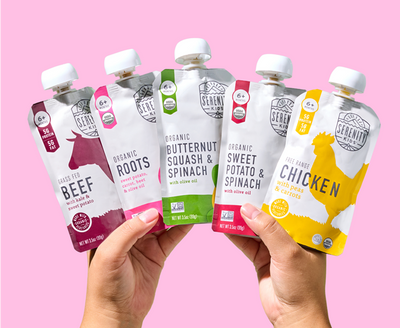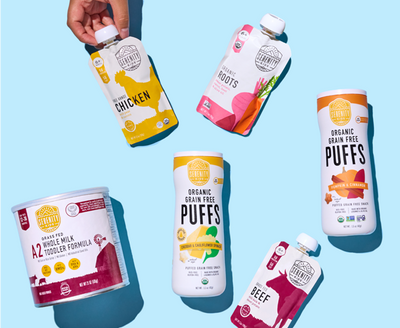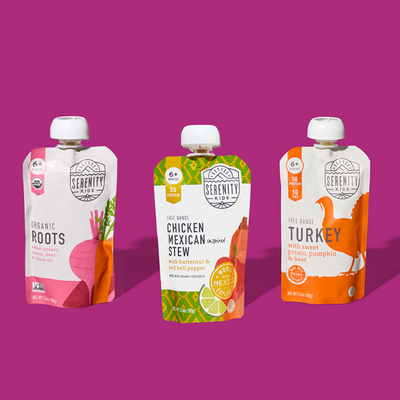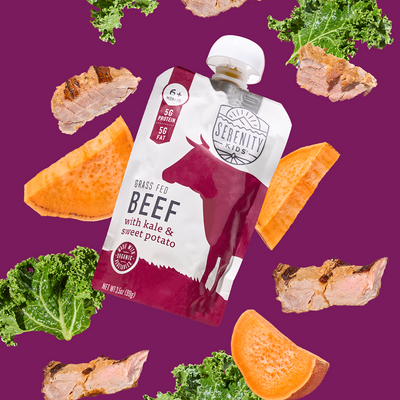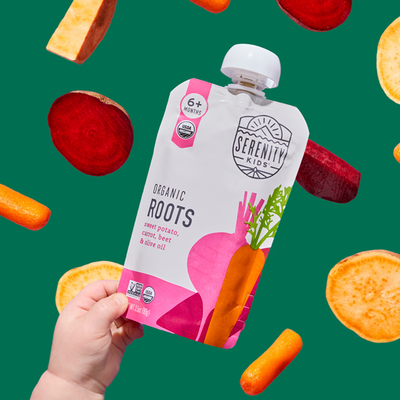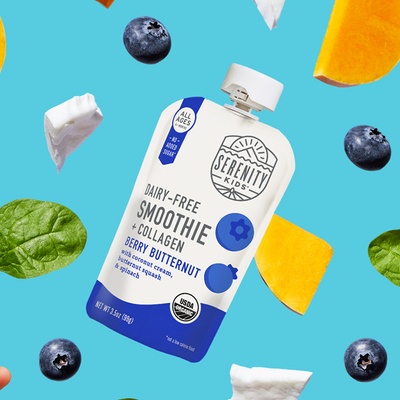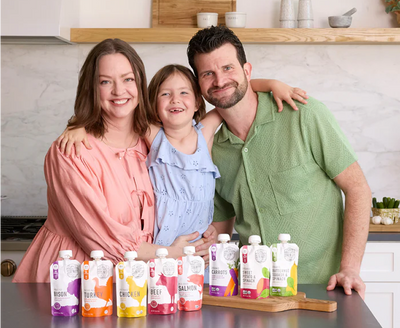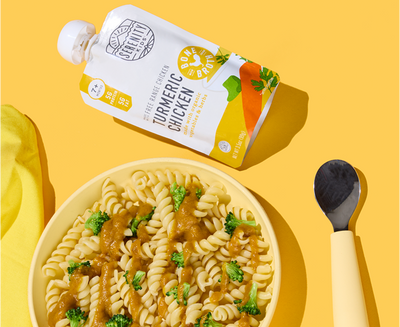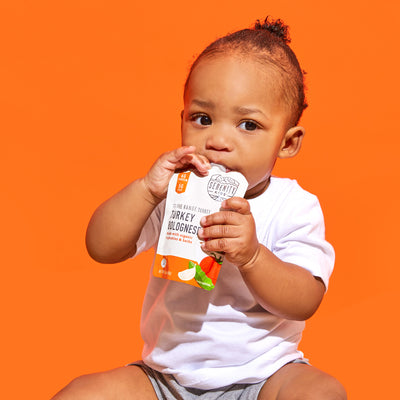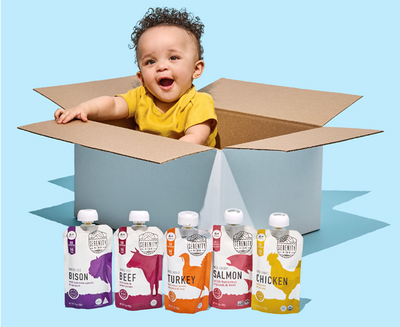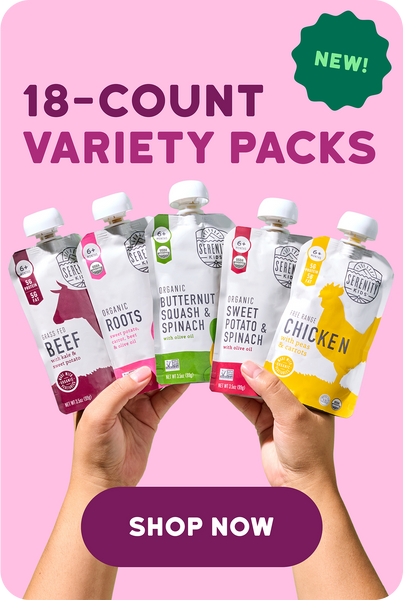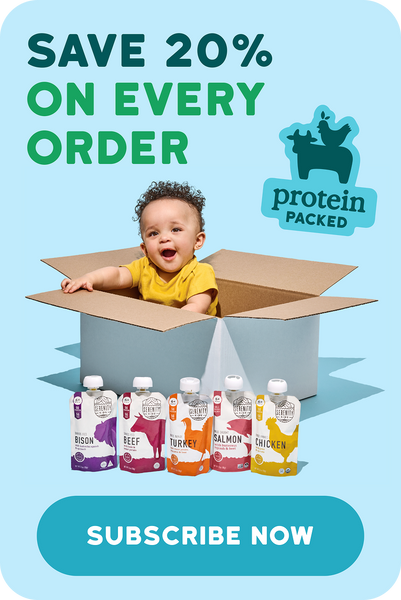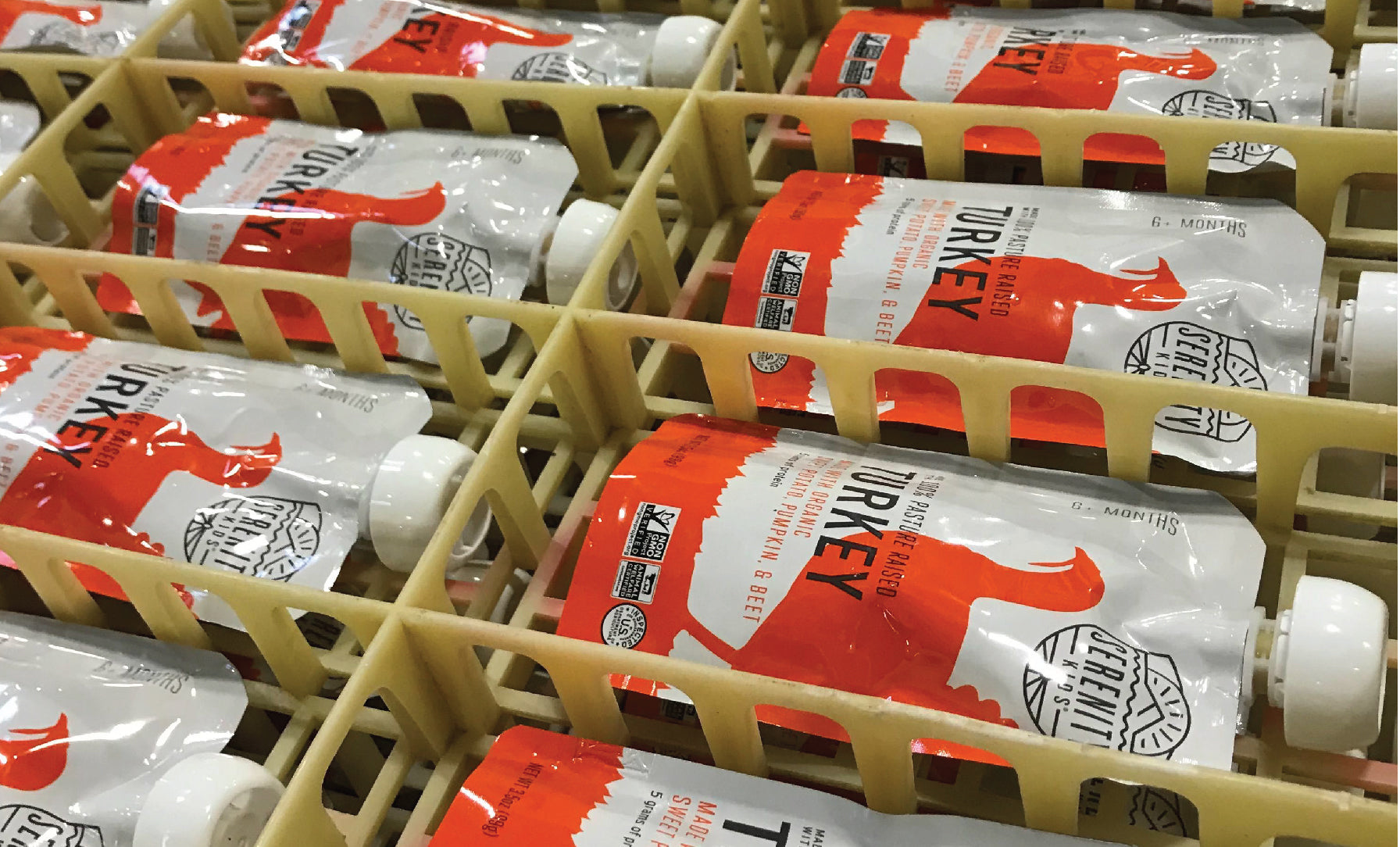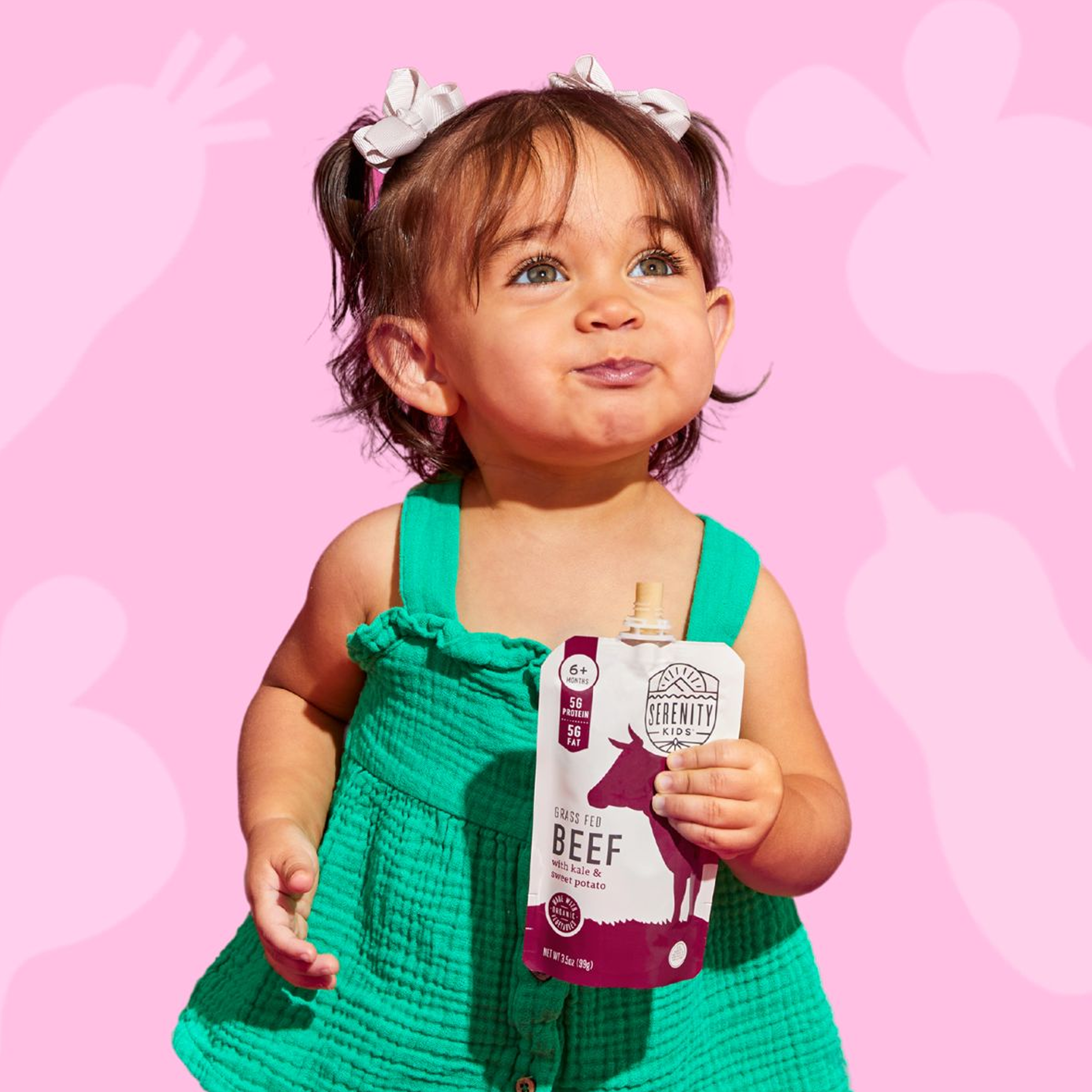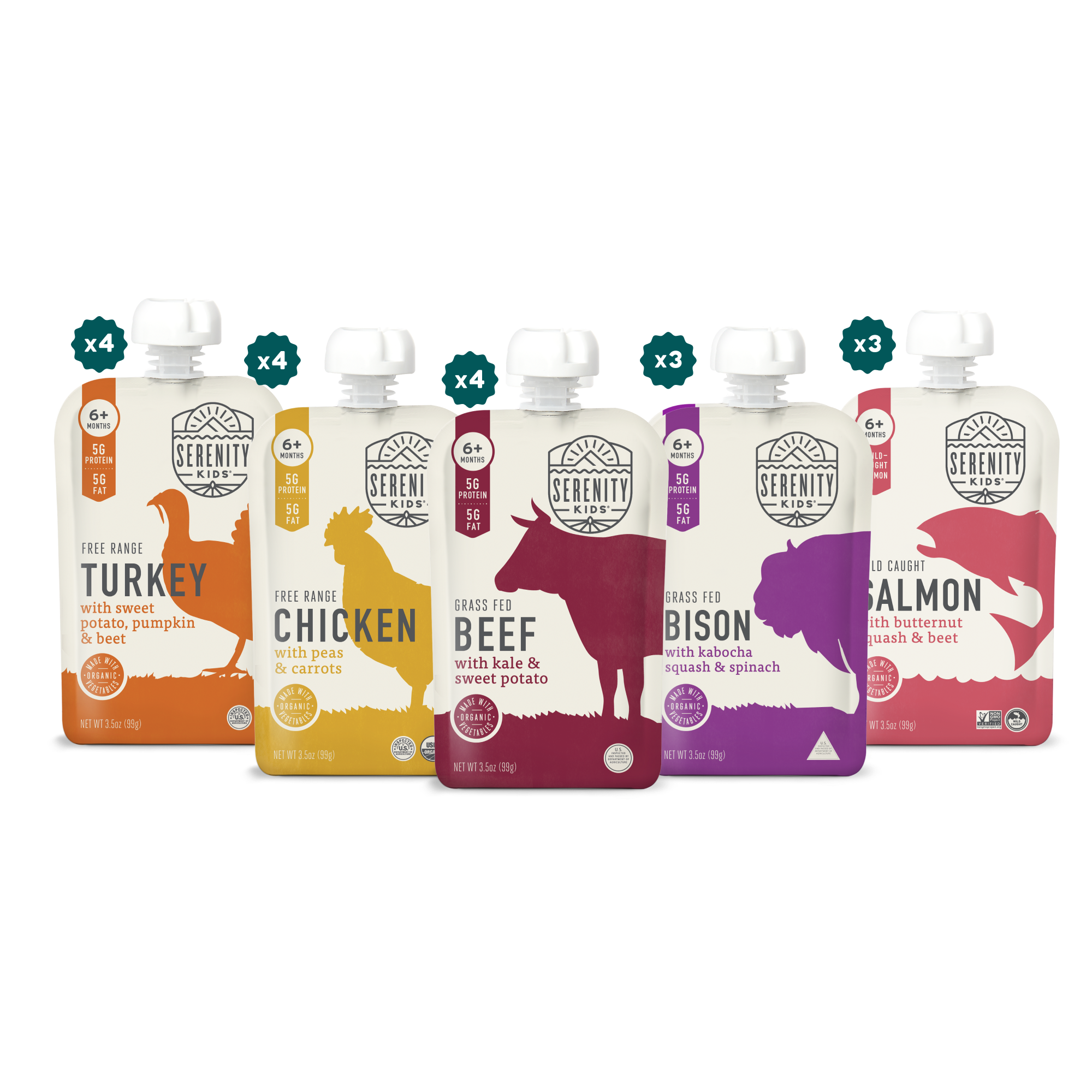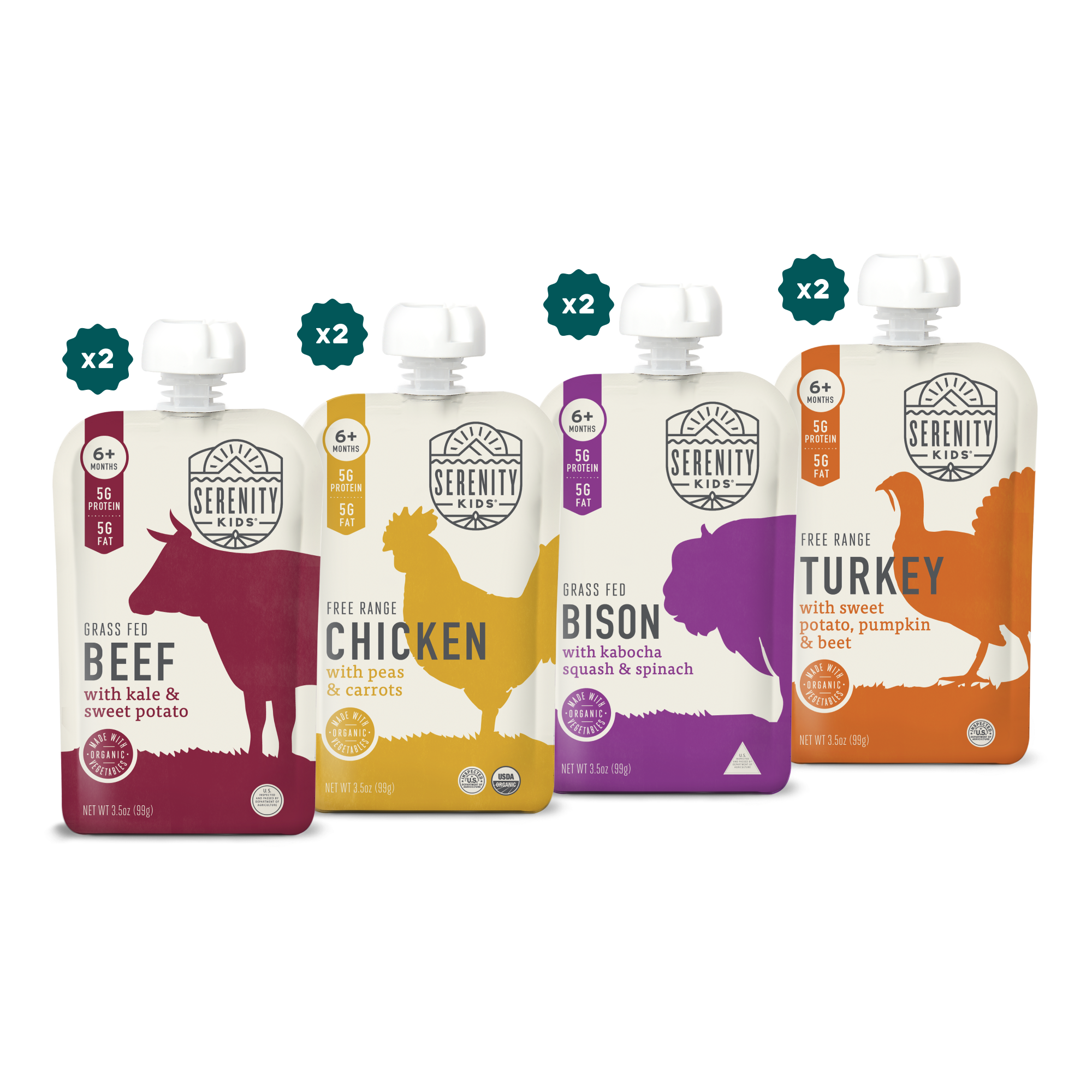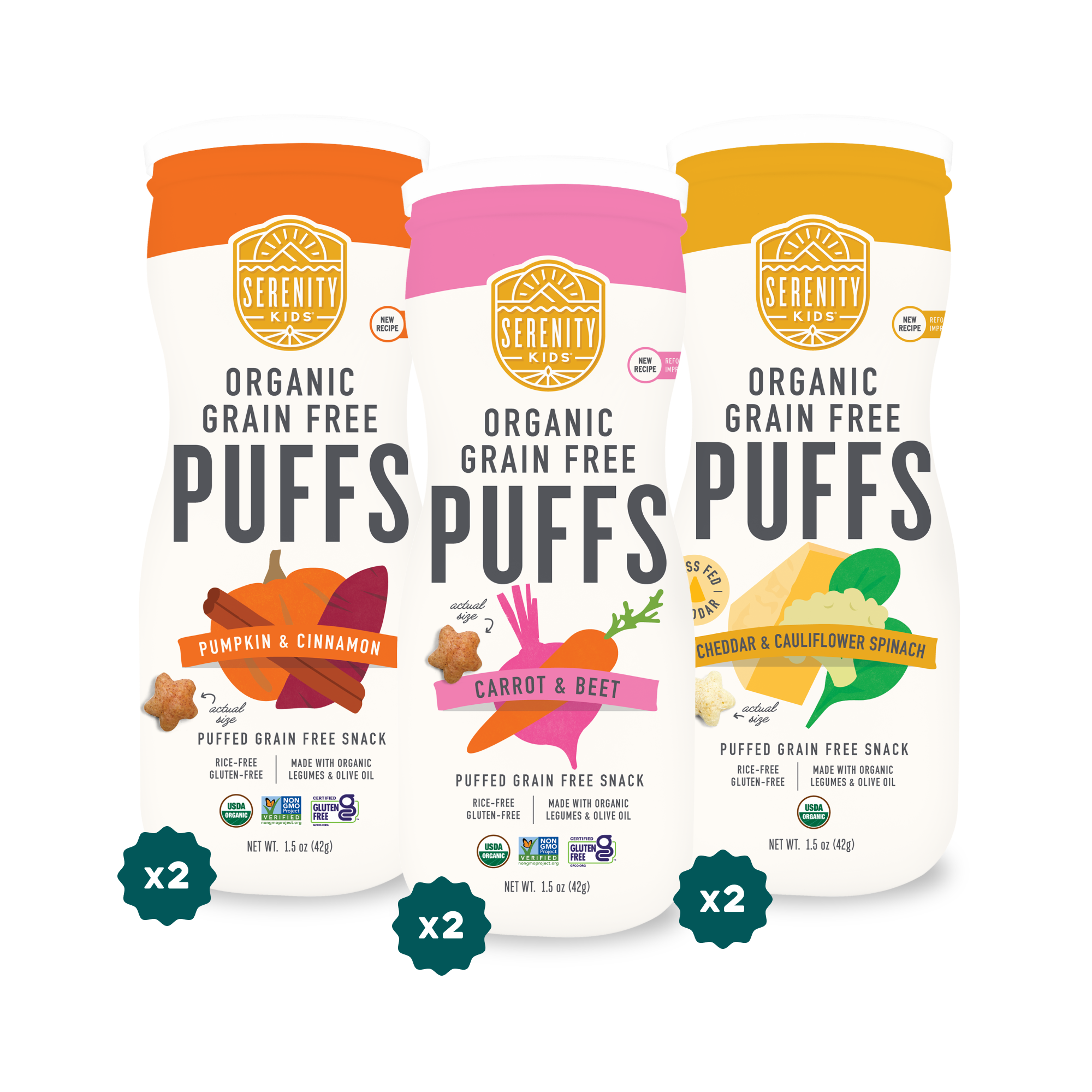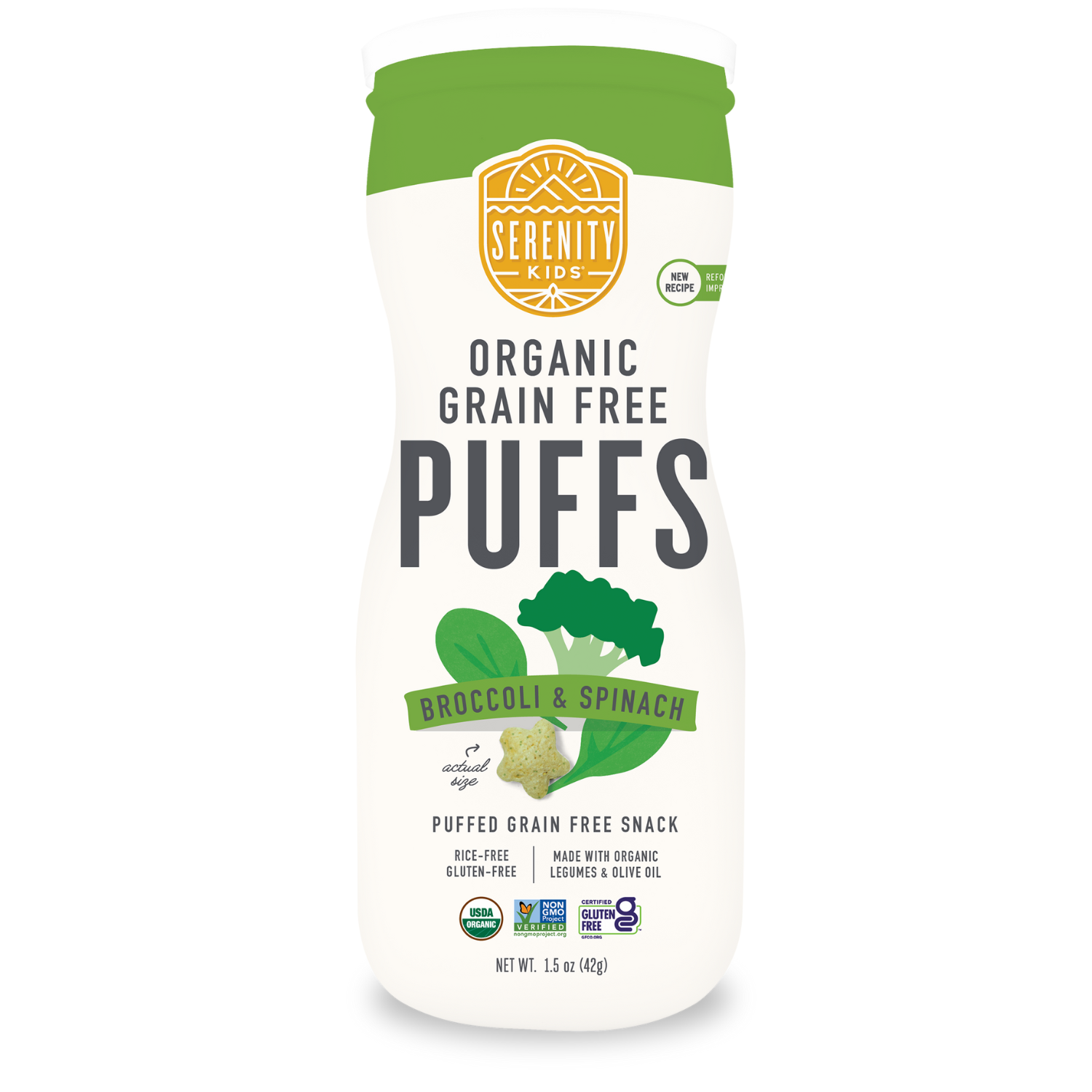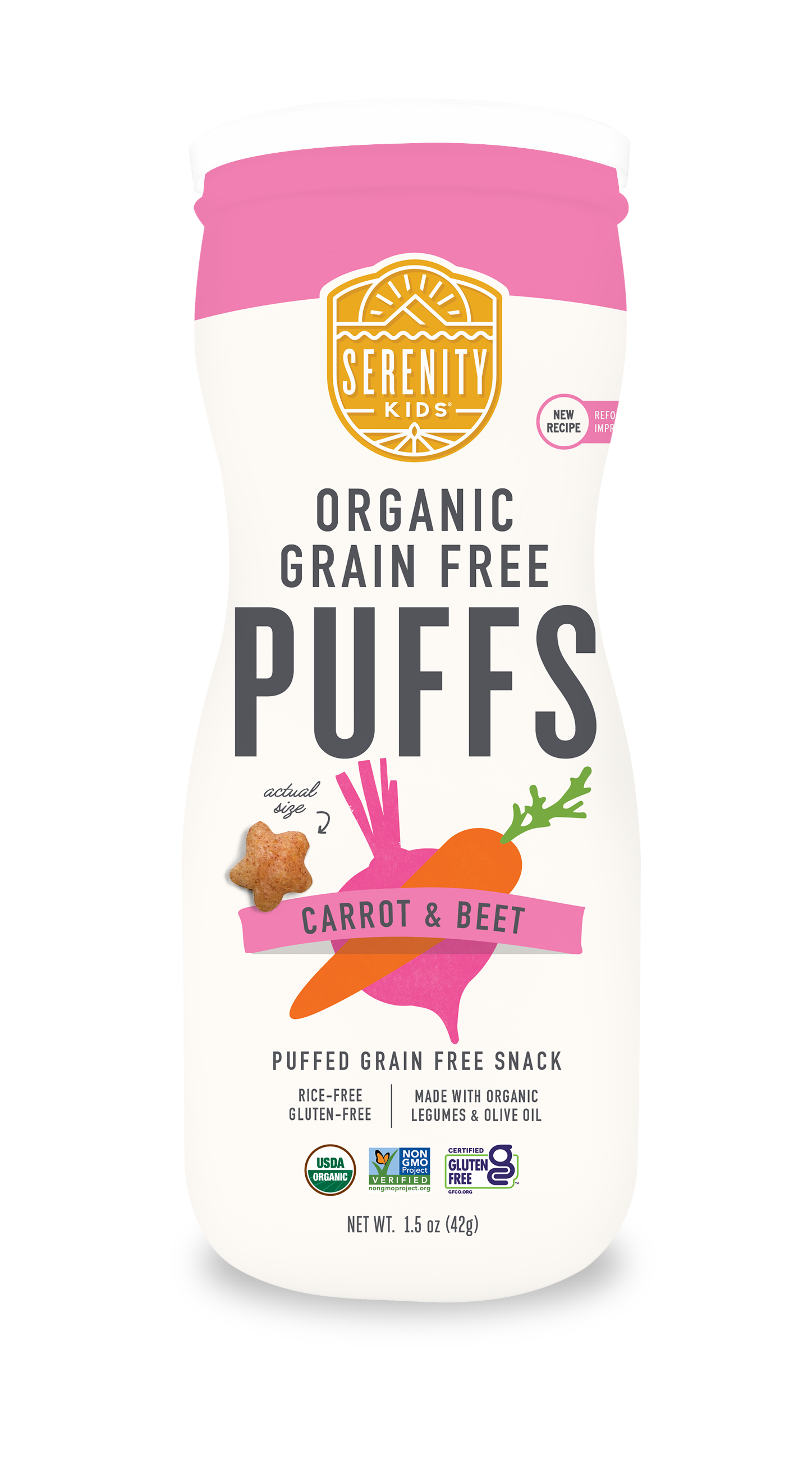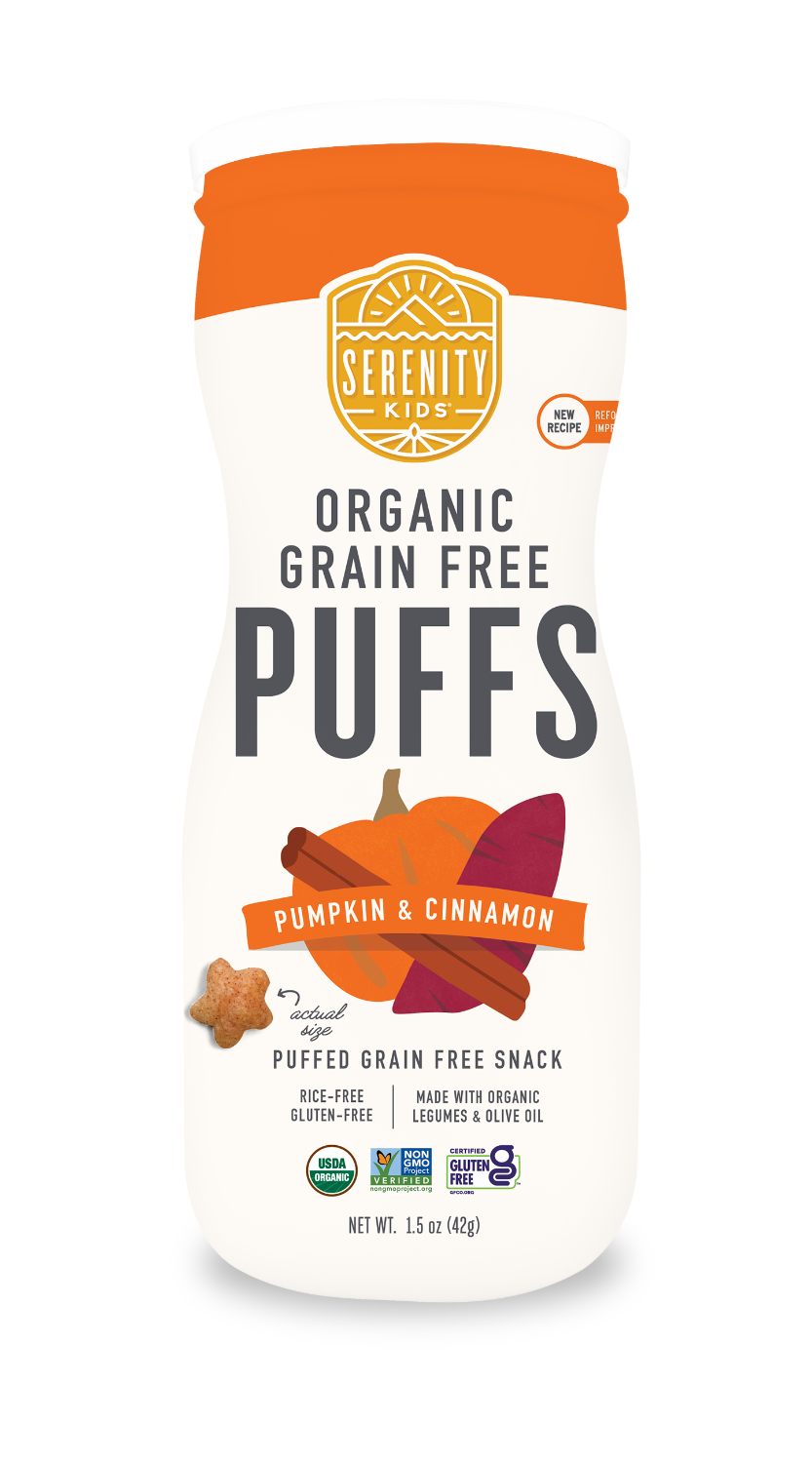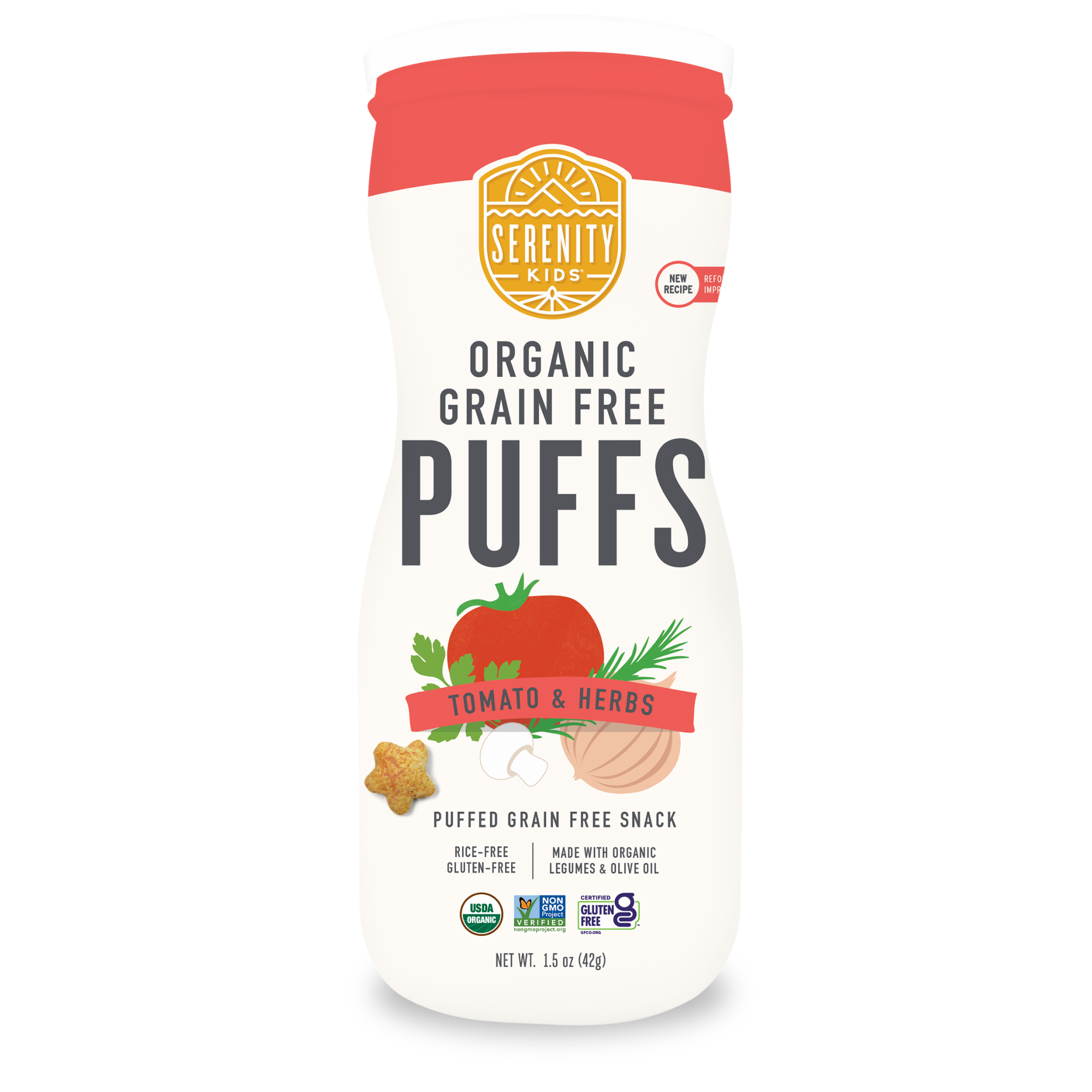We get a lot of questions about how our baby food is made and if nutrition is eroded during the production and preservation process... so we are going to spill the puree!
If you have more questions, please don't hesitate to reach out to us here.
How We Make Our Product: Ingredient Sourcing + Retort
First, we find farmers who are doing things right. They’re either growing organic vegetables, raising nutrient-dense meats on pasture, or pressing healthy organic oils using minimal processing. Here’s what you need to know about our ingredients:
- Organic vegetables are flash frozen right after harvesting to preserve vitamin content. Studies show that frozen vegetables maintain more vitamins than fresh vegetables.
- Organic Oils
- Extra Virgin Organic Olive Oil: a natural triglyceride oil, cold pressed and filtered
- Organic Avocado Oil: refined with processing aids that are naturally derived
- Meats come from animals raised on pastures of small American family regenerative farms. Studies show pasture-raised meat is nutritionally superior to conventional meat.
- Muscle and fat from the meat is ground together to maximize nutrition.
These ingredients are shipped frozen to our factory where they blend these ingredients in small batches and warm them up to a non-boiling temperature. The mixture is pureed and pumped into BPA-free pouches specifically designed for this process. Once the pouches are filled, they are arranged on a cart that’s wheeled into a retort, which is basically a very large pressure cooker. Water and steam is pumped into the retort and pouches are processed with the right combination of pressure, heat, and time to create shelf stability.
Similar to home canning, this process kills any bacteria and allows the baby food to be shelf-stable without the need for preservatives or refrigeration. The fat, protein, fiber, carbohydrates, and minerals are 100% intact. Vitamins are naturally slightly harmed whenever they are heated, but studies have shown that pressure cooking preserves more vitamins than any other cooking method. Once cooled, pouches are placed into boxes and shipped out to retailers or homes like yours!
Alternative Ways to Make Pouch Baby Foods
Hot Fill: what it is and why we don’t use it
The traditional (and cheapest) method of making pouched baby food is called hot fill, where purees are boiled for a long period of time before being filled into the pouch. This process requires the puree to have a high acid content, which can only be achieved by adding ingredients like fruit, tomato, lemon juice, or citric acid. This process also significantly damages vitamins as they are “boiled off” during the process prior to filling the pouch. We do not use this method because we want to preserve maximum nutrition and only use savory, nutrient-dense ingredients that are typically not as acidic.
High Pressure Pascalization (HPP): what it is and why we don’t use it
The newest way to make pouch baby food is called HPP, which stands for High Pressure Pascalization. These pouches are not heated during production. Instead, pouches are filled with puree, placed into a high-pressure chamber, and pressurized to kill bacteria. Cold processing maintains more freshness than hot fill or retort, particularly with antioxidants. However, the product spoils much faster and must be refrigerated. Like hot fill, it also requires the product to include ingredients higher in acidity. We do not use this method because we want to use meats and veggies that are not acidic and because we want a convenient shelf-stable option for busy moms.
Convenience Without Compromise
To sum it up, you can rest assured that feeding your baby our pouches does not mean compromising nutrition. There are many reasons that a baby’s primary diet should be fresh foods, but when it comes to nutrition, ours are as close as you’re going to get to what you’d make in your kitchen.

